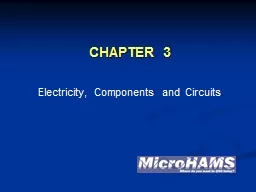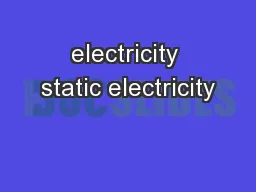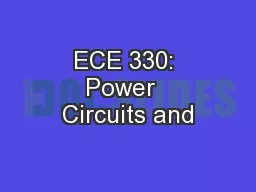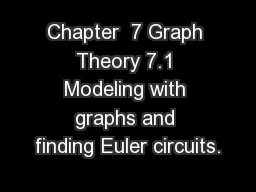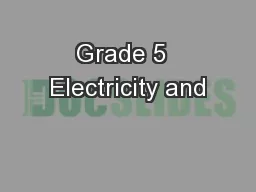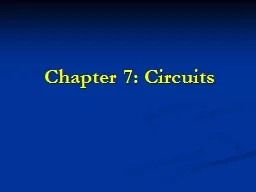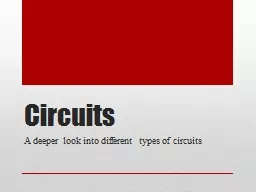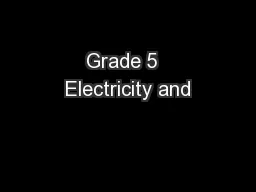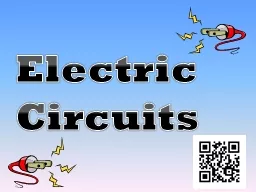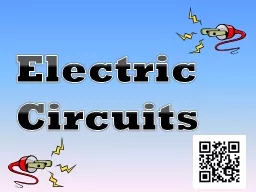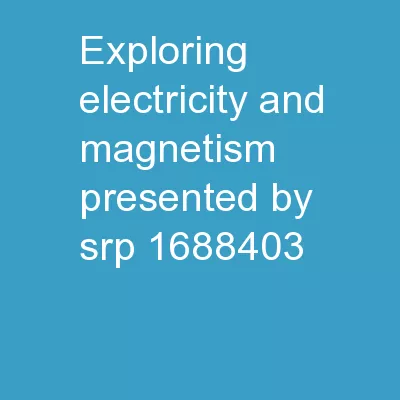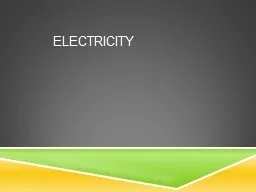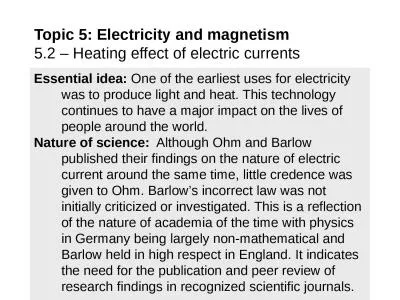PPT-CHAPTER 3 Electricity, Components and Circuits
Author : test | Published Date : 2018-03-06
Background and concepts 2 Microhams 2010 Technician Radio and Electronic Fundamentals 3 Ohms Law and Power Calculations E I R P I E EVoltage Volts ICurrent Amps
Presentation Embed Code
Download Presentation
Download Presentation The PPT/PDF document "CHAPTER 3 Electricity, Components and Ci..." is the property of its rightful owner. Permission is granted to download and print the materials on this website for personal, non-commercial use only, and to display it on your personal computer provided you do not modify the materials and that you retain all copyright notices contained in the materials. By downloading content from our website, you accept the terms of this agreement.
CHAPTER 3 Electricity, Components and Circuits: Transcript
Download Rules Of Document
"CHAPTER 3 Electricity, Components and Circuits"The content belongs to its owner. You may download and print it for personal use, without modification, and keep all copyright notices. By downloading, you agree to these terms.
Related Documents

